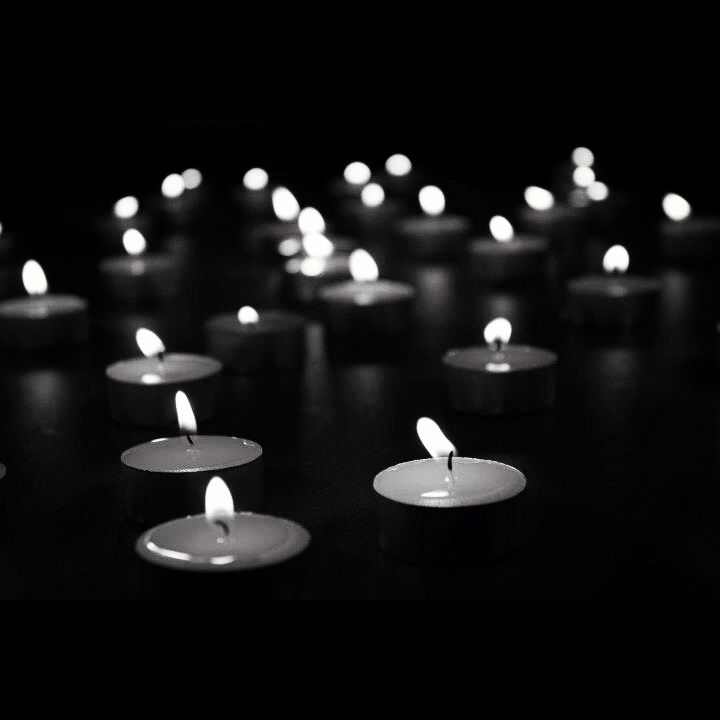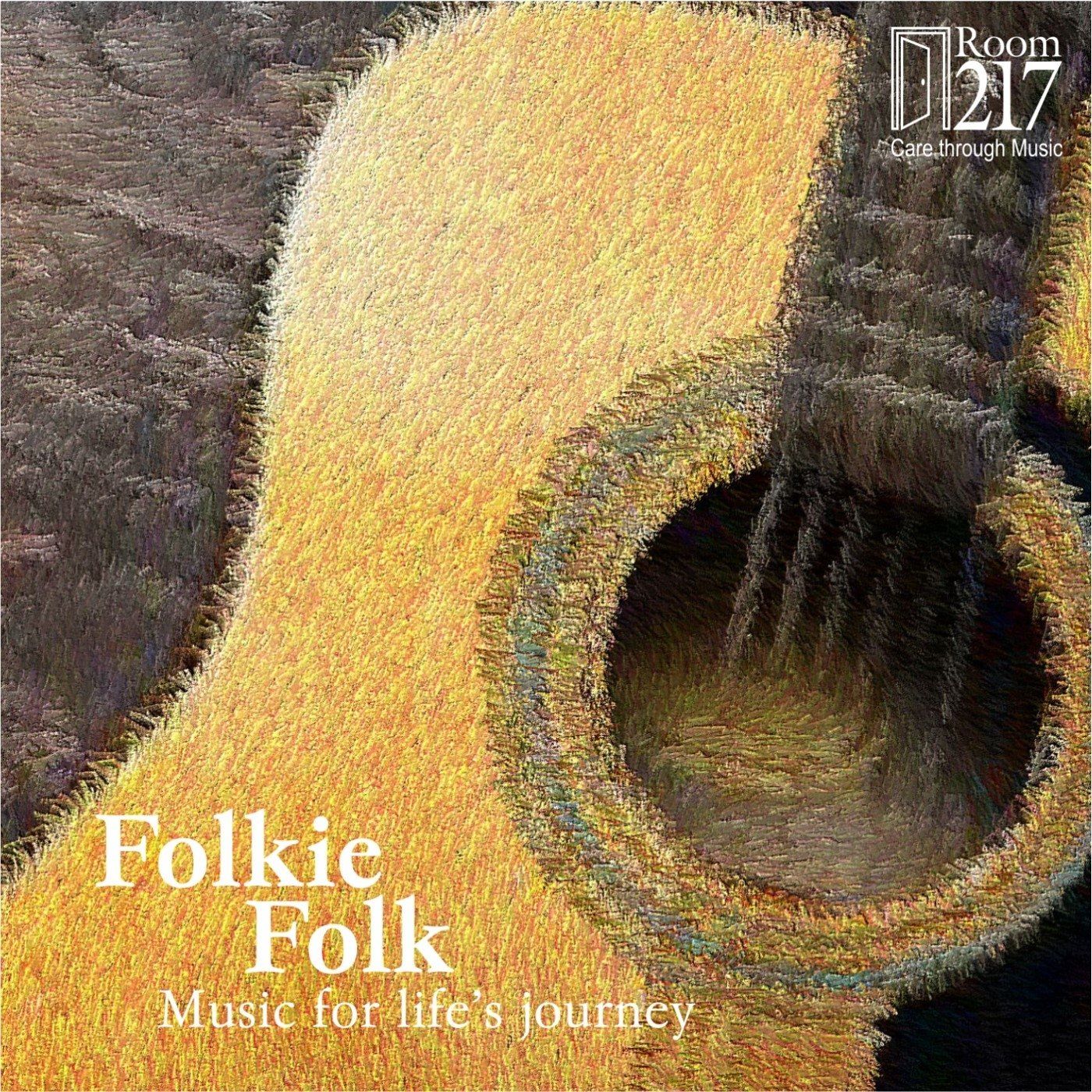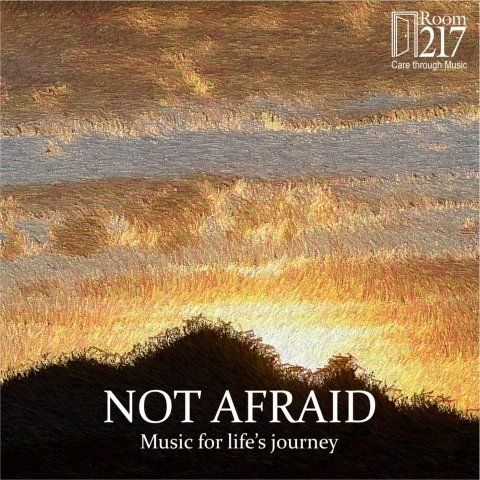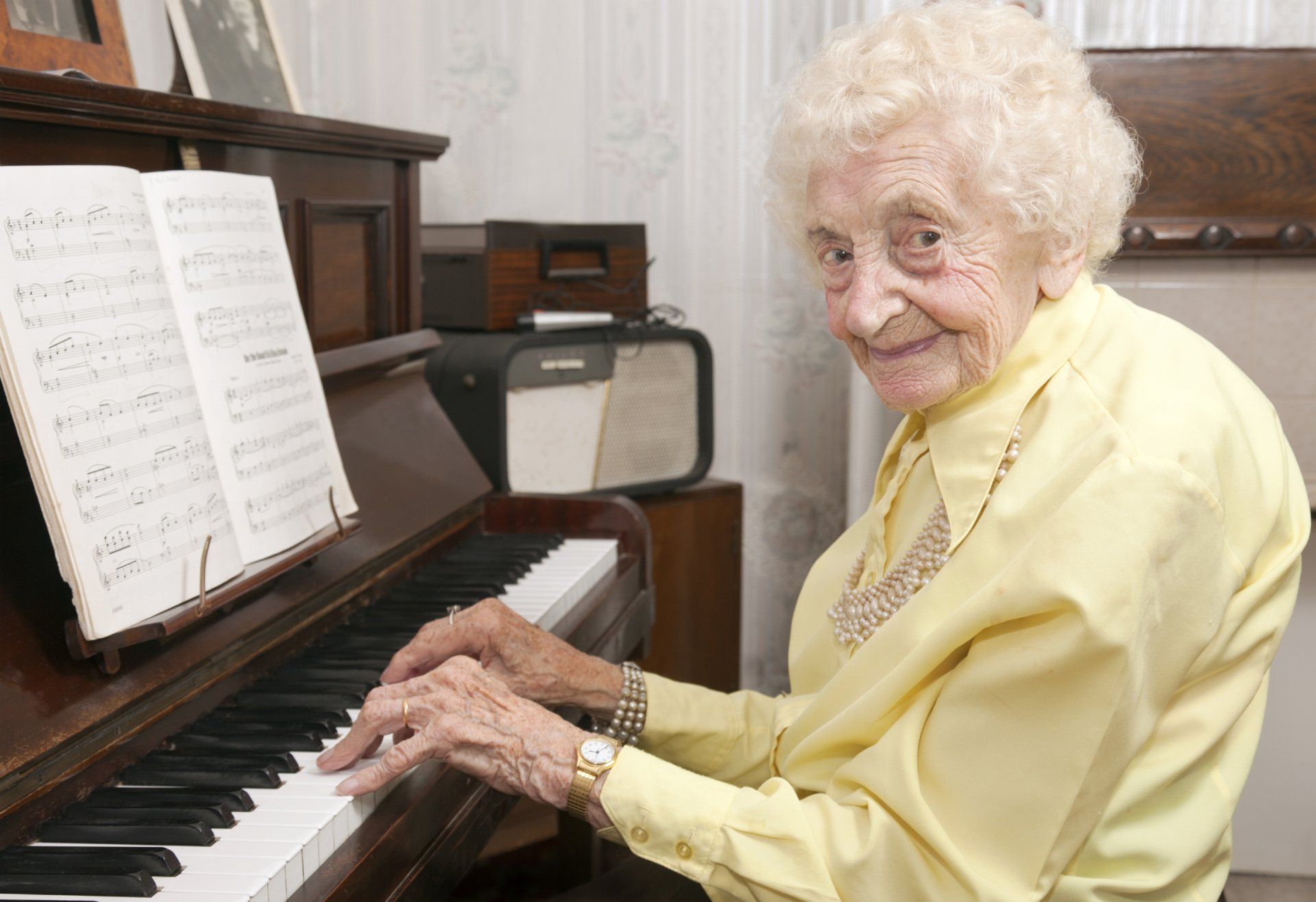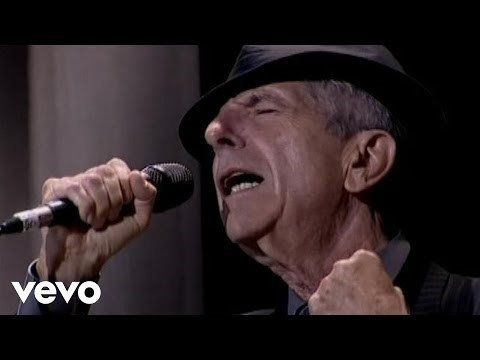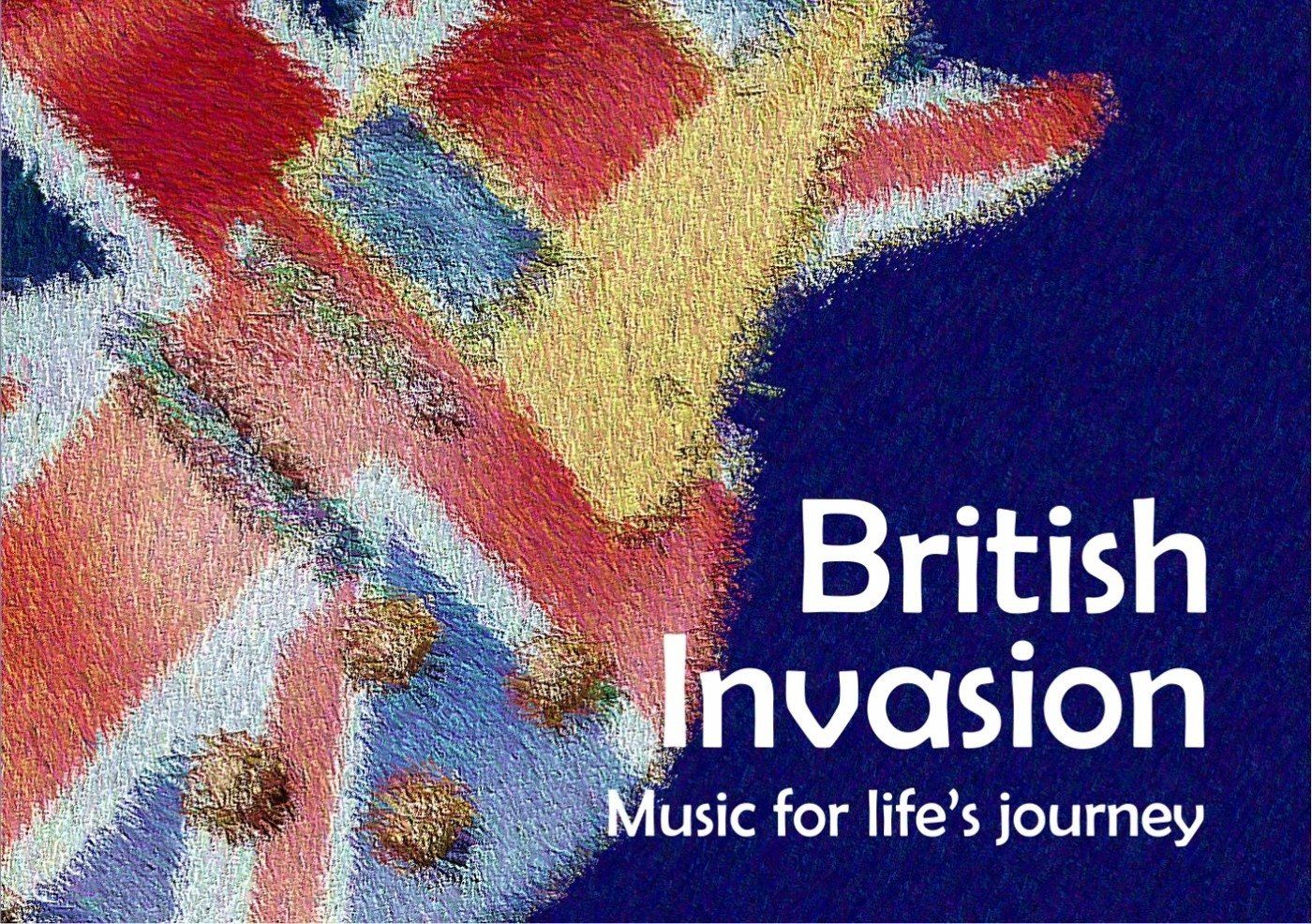Musical Rehab: Four Ways For Trained Musicians To Take The Pressure Off And Reconnect To Joy
 People have all sorts of complicated feelings about music. I regularly meet folks – be it music therapy clients, workshop participants, colleagues, or random strangers – who have some form of block around music because they were told at a young age that they “weren’t musical.”
People have all sorts of complicated feelings about music. I regularly meet folks – be it music therapy clients, workshop participants, colleagues, or random strangers – who have some form of block around music because they were told at a young age that they “weren’t musical.”
But it’s equally common for me to meet people who have “issues” with music because they have had extensive music training.
The issues are different: fear of making mistakes, difficulty accessing joy in playing, fear of spontaneity, or a history of having been bullied or knocked down by instructors or musical peers. The issues can be minor too: they can be simply feeling like music is a job, not a pleasure.
I know for me, every now and then I have to very intentionally feed my soul with music, and “replenish the well.” When I’m practicing a lot for a performance, learning new rep, setting big goals, or focusing a lot on technique, I can get really serious about music. I can even get nervous about it. That’s a cue to Stop, Drop, and Invigorate my music-soul with joy. I call this little intervention “musical rehab.”
If this experience sounds familiar to you, perhaps you might want to consider how you can engage in your own “musical rehab.” What are ways for you to get back to basics of your love for music, and take some of the pressure off?
Here are four suggestions for engaging in “musical rehab”:
- Be an audience member. Many musicians spend so much time being a producer of music that they forget what it feels like to be a consumer. Take yourself out to a show, a concert, a recital, or a festival that you are excited for. Go purely as an audience member. Go with the intent to consume music. Can’t make it out to a performance? Get yourself a new recording that you are excited for and make time to listen to it. Really listen to it. Approach this experience like a special treat: the same as you would an elegant meal, a nice bottle of wine, or a trip to a spa.
- Take a week off from practicing and switch to playing. If you have a regular practice routine, be it practicing an instrument or preparing for performances, is it possible to take a week, or even a day, off from the regular routine? Instead of practicing – whatever that means to you – replace it with playing. This may mean skipping a warm-up and going right to goofing around with a piece you love to play. It may mean singing some old campfire guitar favorites instead of practicing the cello. It may simply mean listening to recordings of music you love to perform, rather than practicing it yourself.
- Make a mix tape. The art of making a mix tape is lost to the digital generation. Unlike making a digital playlist, when we make mix tapes, we have to listen to each song while it’s being recorded. By listening to tracks in real-time, the musical narrative can emerge organically, and our listening ears guide the process. It’s a more passive way of being musically creative.
- Have a dance party. Put on an album or some kind of music that you know you can move to, and dance with your family, or by yourself, or invite a friend. Or go to a club or a social dance event where you know you can freely express yourself and have fun. Physical movement is inseparable from music performance in almost all musical traditions. Connecting to your physical expression of music is an instant way of reconnecting to the joy of music. Dance parties are instant music rehab.
Have ideas for your own musical rehab? We’d love to hear them! Send them to Sarah at spearson@room217.ca.
Sarah Pearson is a music therapist working in oncology and palliative care in Kitchener, ON . She is the Program Development Coordinator for the Room 217 Foundation and Lead Facilitator of the Music Care Certificate Program.

